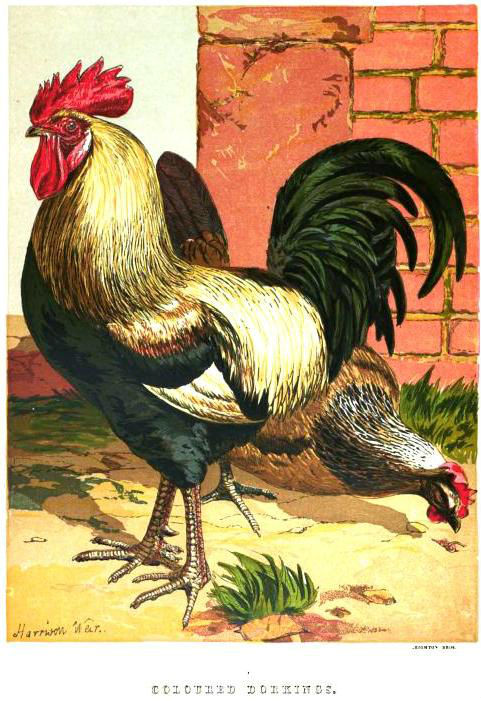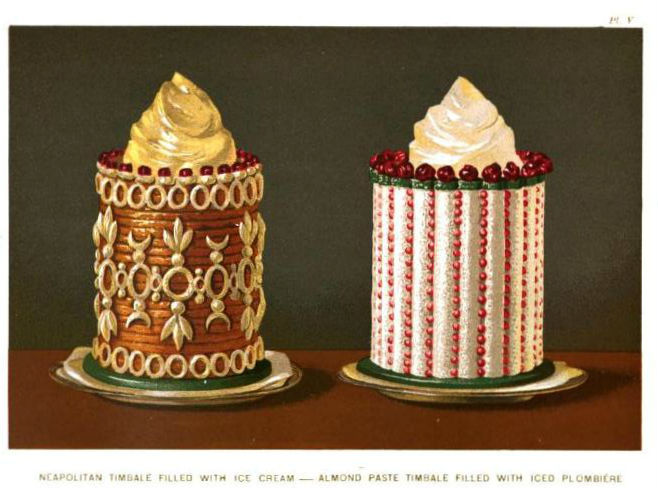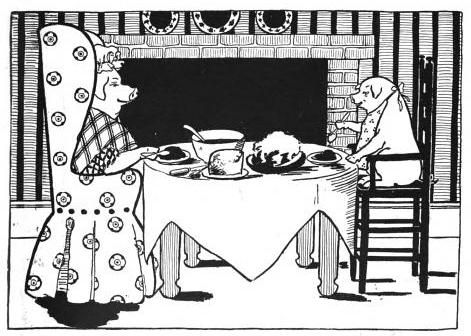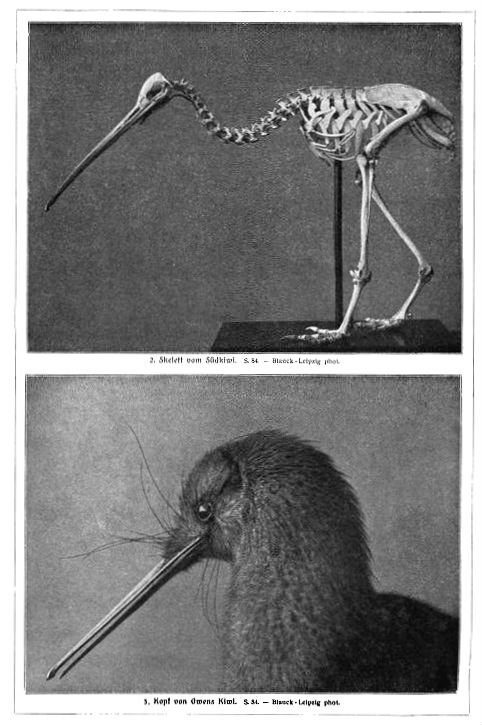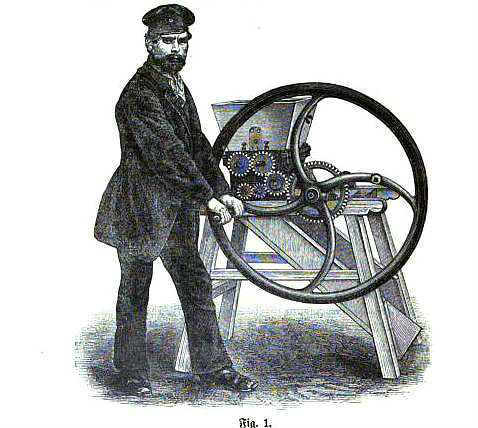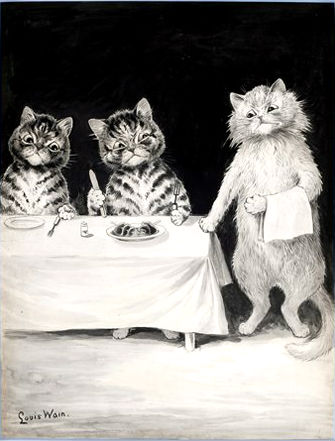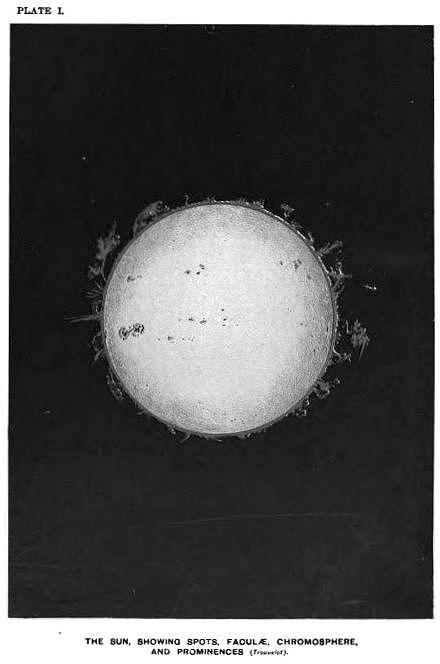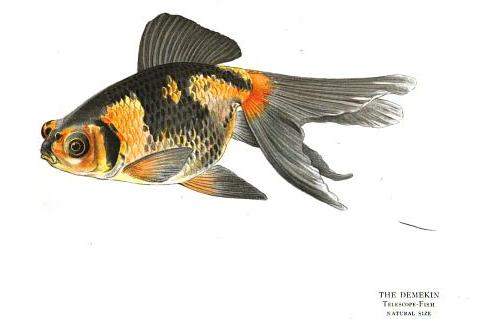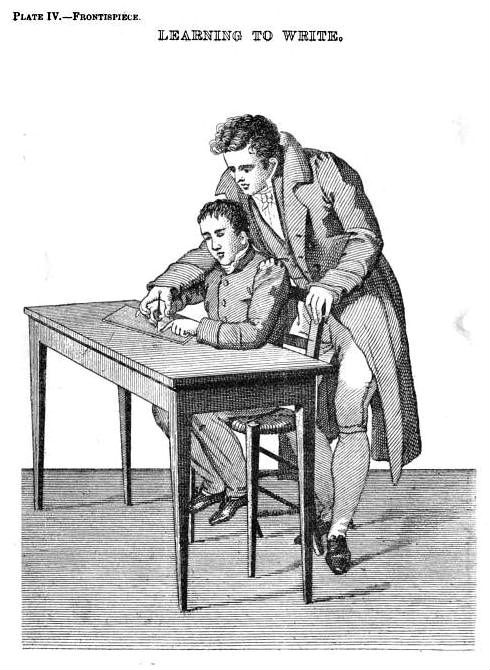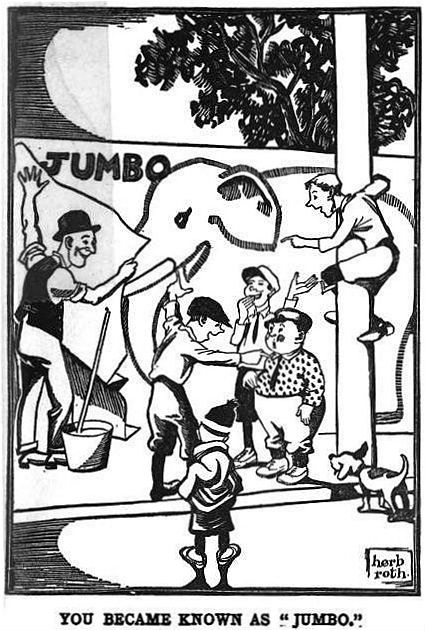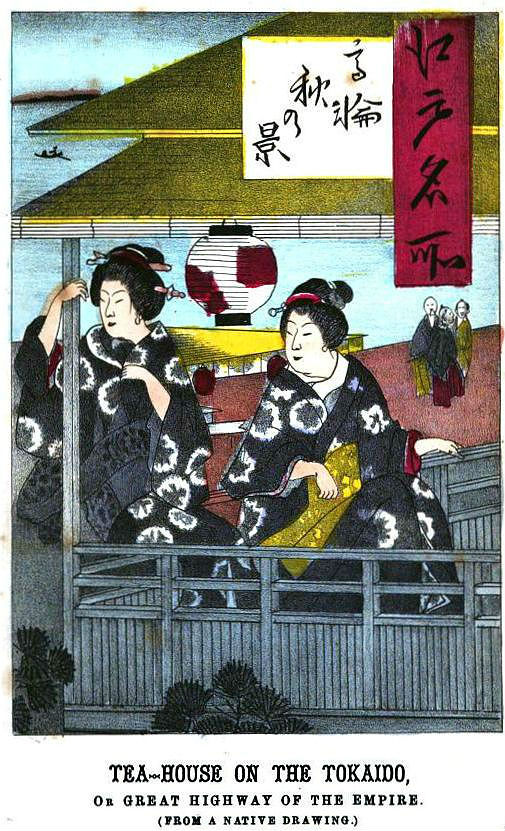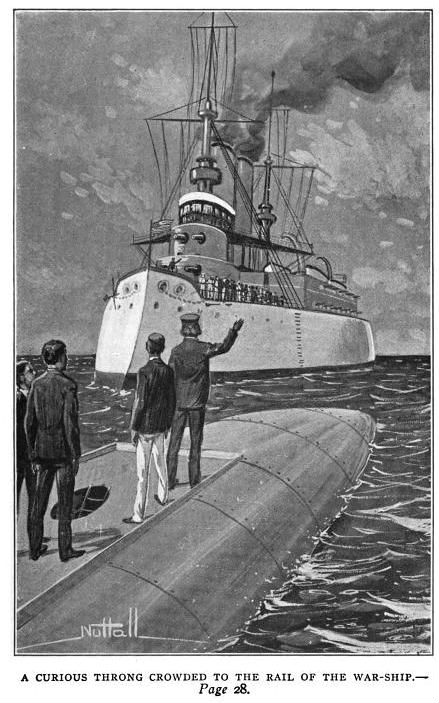Core Values
Peeling back the layers of the Johnny Appleseed legend reveals a curious tale of environmentalism and real-estate speculation
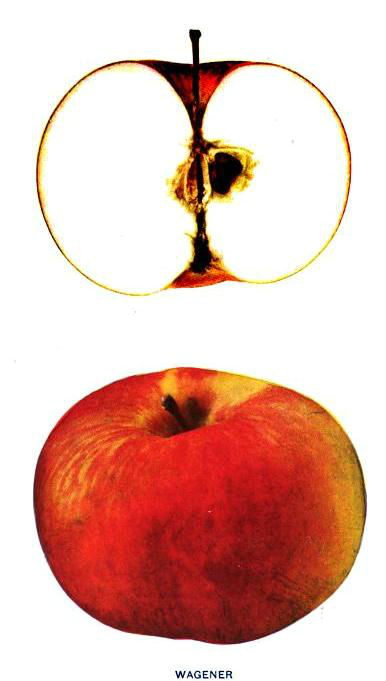
In 1820 a Quaker nurseryman and farmer in York, Pennsylvania, cultivated a deep red, lopsided apple that he christened "Jonathan Fine Winter." His neighbors savored its sweetness and appreciated its shelf life (it kept through the winter). These qualities quickened demand; Jonathan Jessop's Jonathan became the most sought-after apple in the area. With it the mild husbandman could be said to have struck gold. (more…) Read More...

